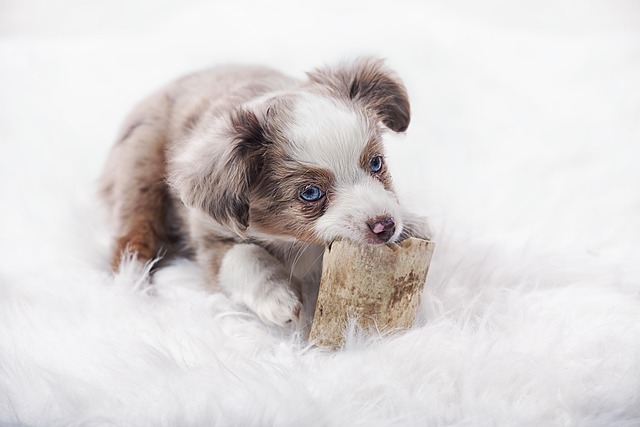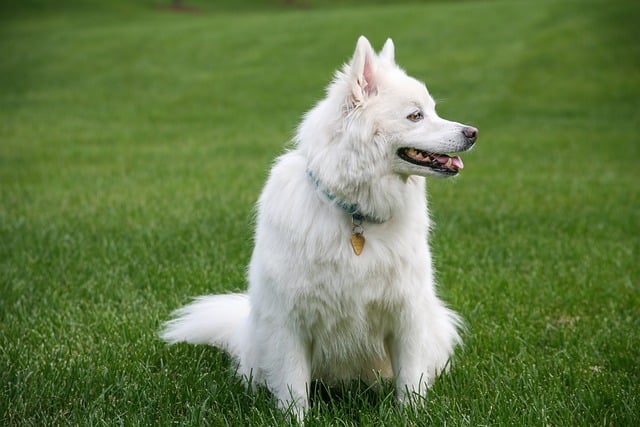
What are the reasons for the odor around dog eyes
Let’s imagine you’re a new dog parent in Boston, snuggling with your 8-month-old pug, Bella, when you notice a musky, sour smell near her eyes.
How long after eating chocolate will a dog get sick? Let’s start with a scenario many new pup parents in Phoenix might recognize: You’re unwrapping a chocolate bar on the couch, your 6-month-old golden retriever mix darts over, snatches the fallen piece before you can blink, and swallows it whole. Panic sets in—how soon should you worry?
The answer hinges on what’s in that chocolate. Chocolate contains theobromine, a compound our bodies process easily but a dog’s liver struggles with. Think of it like this: your pup’s system treats theobromine like a foreign invader it can’t kick out quickly. Dark chocolate packs the biggest punch (up to 150mg of theobromine per ounce), while milk chocolate has less, and white chocolate is barely a threat. For most dogs, symptoms start showing 1 to 4 hours after ingestion—things like restlessness, vomiting, or even rapid heart rate. A 10-pound Yorkie who ate a square of 85% dark chocolate? That’s riskier than a 70-pound Lab who stole a milk chocolate chip. Size matters, but so does timing.
If your dog nabs chocolate, here’s what to do. First, check the wrapper—note the type (dark? milk?) and how much is missing. Jot down the time—vets need that. Watch for red flags: excessive panting, trouble walking, or not wanting to eat. Do NOT try to make them vomit at home—especially if it’s been more than two hours; you could damage their throat. Call your vet immediately—many 24-hour clinics in cities like Austin or Chicago have hotlines for this. Pro tip: Keep your vet’s after-hours number saved in your phone, right next to your pup’s rabies vaccine records (most states, from Texas to New York, legally require those shots, so don’t skip them).

Preventing this starts with daily habits. In apartment buildings, store chocolate in high cabinets—puppies are pros at counter-surfing. Use positive reinforcement: When your dog sniffs the candy drawer but walks away, praise them and offer a training treat. Yelling or hitting? That’s not just against most trainers’ advice—it breaks trust, and in places like Oregon, some animal welfare laws discourage punitive methods. When out in the neighborhood, keeping your dog on a leash (standard in most suburban parks) isn’t just polite—it stops them from sneaking dropped chocolate at community barbecues. And always grab a poop bag—no one likes stepping in surprises, and it’s the law in most cities.
Chances are, with quick action and smart prevention, your pup will be fine. But knowing the signs and having a plan? That’s part of being a great dog parent—whether you’re in a Miami condo or a rural Ohio home.

Let’s imagine you’re a new dog parent in Boston, snuggling with your 8-month-old pug, Bella, when you notice a musky, sour smell near her eyes.

If your Labrador's constantly scratching at their ears or shaking their head, it might be more than just an itch. Ear infections are common in these active, water-loving dogs, and early intervention is key.

Finding out your dog has heart disease feels like a gut-punch.Amidst worry,the question of exercise looms large.It's crucial to know that local animal welfare laws may impact how you manage your pet's care,and this extends to physical activity guidelines.

What is the root cause of separation anxiety in dogs? Let’s start with a moment every new pup parent in a downtown LA apartment has likely faced

Discovering a wound on your dog's fur can feel like a punch in the gut,but staying calm is crucial.Before reaching for any treatment,familiarize yourself with local animal welfare laws—some regions restrict over-the-counter medications for pets,

Imagine this: It’s a sweltering summer day in Phoenix, and you’ve just returned from a long walk with your Labrador Retriever, Max.